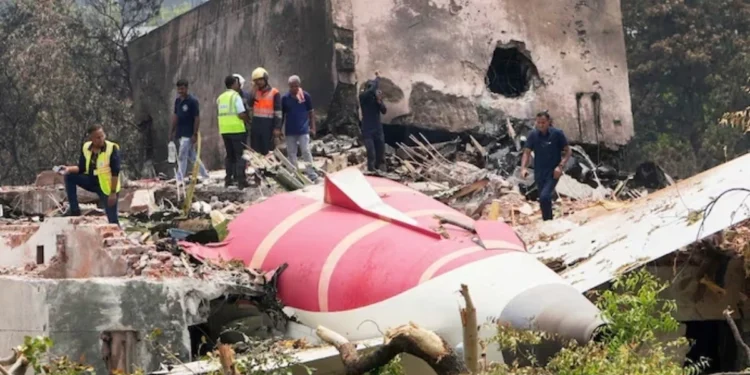Lagatar24 Desk
New Delhi: In a major breakthrough in the investigation into the Air India Dreamliner crash on June 12, authorities have successfully retrieved critical data from the flight’s black boxes. The Aircraft Accident Investigation Bureau (AAIB) confirmed that both the Flight Data Recorder (FDR) and Cockpit Voice Recorder (CVR) have been safely accessed and their contents are now being analysed.
Vital progress in crash probe
This development marks a giant leap in the effort to uncover what caused AI 171, a Boeing 787-8, to crash 36 seconds after take-off from Ahmedabad, killing 241 people onboard and 34 on the ground. Investigators extracted the memory modules from both black boxes, despite significant damage. The CVR was recovered from the rooftop of the hostel the plane slammed into, and the FDR from the wreckage.
The AAIB lab in Delhi began analysing the data soon after receiving the boxes on Tuesday. The CVR is expected to shed light on cockpit conversations, crew responses, and warning alarms, while the FDR offers critical flight data such as altitude, airspeed, and engine performance.
Focus on distress call and possible engine failure
Authorities are particularly interested in a distress call reportedly made by Captain Sabharwal moments before the crash. He allegedly issued a “Mayday” alert, and may have mentioned “no power, no thrust.” If confirmed, this could suggest catastrophic engine failure or a complete hydraulic or electronic systems breakdown—especially as the Ram Air Turbine (RAT) appeared to deploy mid-air, an emergency measure triggered by power loss.
Only one passenger, a British-Indian man in seat 11A, survived the crash.
Safety records under scrutiny
Air India stated that the aircraft had undergone recent safety inspections. The right engine had been changed less than four months prior, and the left inspected in April. However, the incident has prompted a parliamentary committee to summon officials from the Civil Aviation Ministry, Air India, and Boeing to address concerns over maintenance and systemic safety issues.









